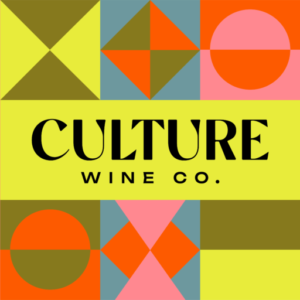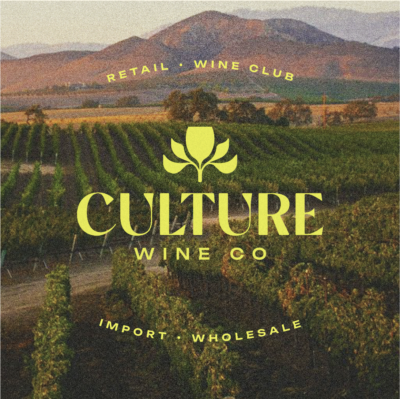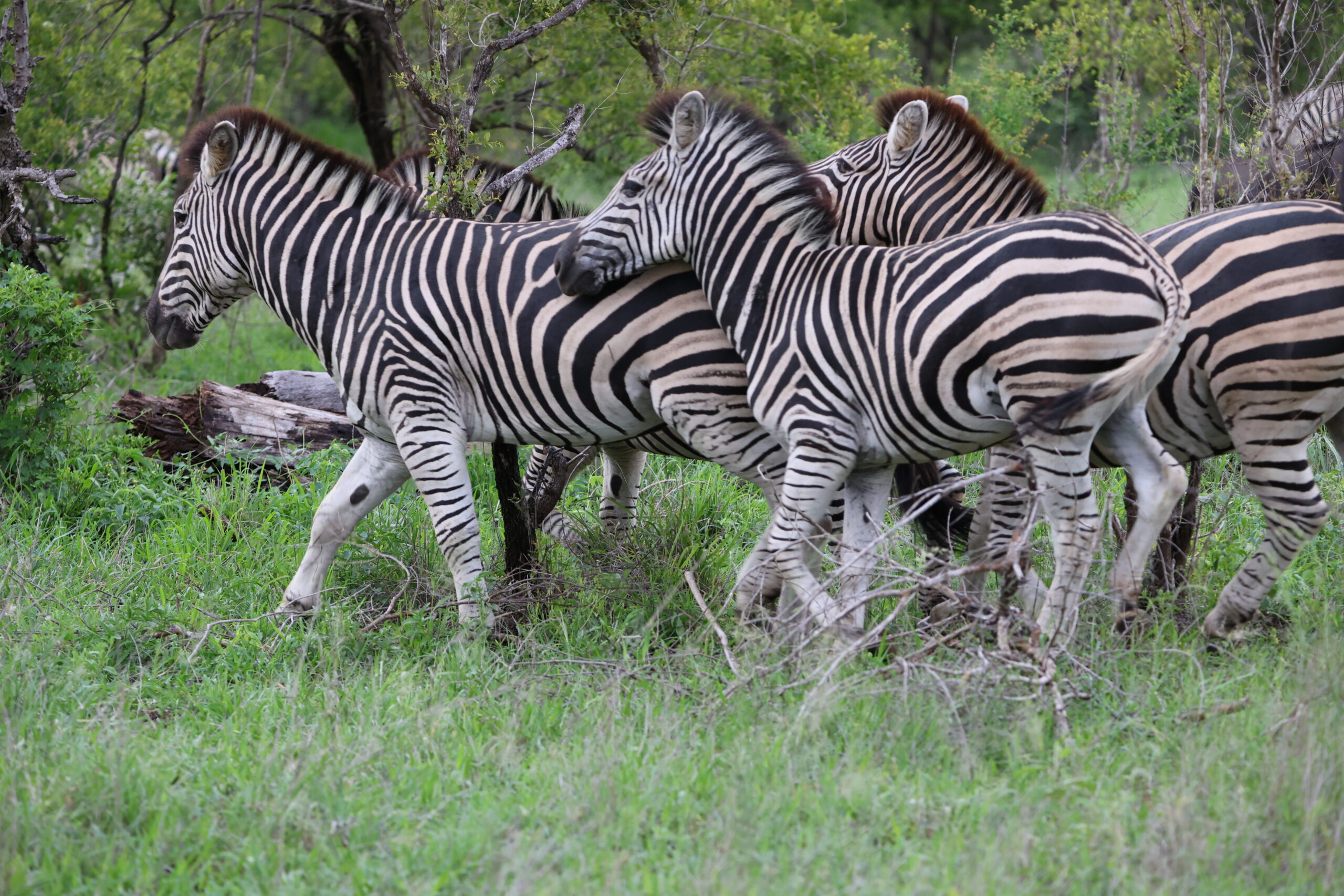
A Guide to Planning Your South African Safari (and the Wine You Should Drink After)
South Africa is the only country in the world where you can visit world-class wine regions and, with just a short flight, find yourself on an epic game drive spotting the Big Five. Whether you’re just starting your research or refining your plans, this guide will help you choose the perfect safari while making sure your journey ends with a glass of the country’s finest wine. All pictures on this blog were taken by the founder of Culture Wine Co., Peter Andrews, on a 2025 safari in Kruger National Park and Sabi Sands Private Game Reserve.
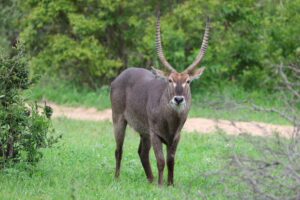
Male water buck in Kruger National Park
What Makes a South African Safari Unique?
Unlike Tanzania, where most travelers book a company to handle every aspect of their safari, South Africa offers flexibility. You can either book a full-service safari package or rent a car and drive yourself between lodges. This self-drive option allows you to see wildlife on your transfers while still enjoying guided game drives at each lodge. Another key difference is that many safari vehicles in South Africa are open-top Land Cruisers, providing unobstructed views—unlike the closed vehicles commonly used in other countries. Additionally, in private reserves, guides can go off-road for a closer look at the animals, whereas in Kruger National Park, all vehicles must stay on designated roads.
South Africa’s safari experience is also unique in that you can combine it with cultural interactions at certain lodges and access a wide variety of landscapes within a single trip. Additionally, it’s important to be aware that some safari areas, including Kruger and its private reserves, fall within malaria zones, so taking precautions like anti-malarial medication and insect repellent is advisable.
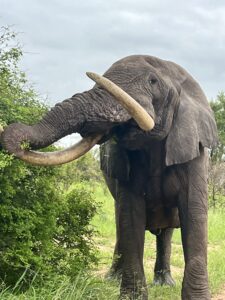
Massive bull elephant grazing before giving us the nod to get out of his way!
How to Choose the Right Safari for You
A safari is a once-in-a-lifetime experience, and choosing the right one can make all the difference. Here are the key things to consider:
1. Understand the Rhythm of a Safari
You’ll typically experience two game drives per day: one at dawn (around 5:30 AM) and another in the late afternoon (around 4 PM). This schedule maximizes your chances of seeing wildlife when they are most active.
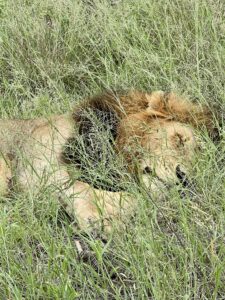
Male lion sleeping without a care in Sabi Sands Park
2. Check the Size of the Lodge’s Private Land
Not all lodges are created equal. Some own thousands of hectares, while others share land with other lodges. More private land means fewer vehicles and a more intimate wildlife experience.
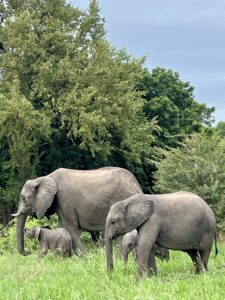
A TWO WEEK old elephant in a large herd
3. Limit Yourself to Three Nights Per Lodge
Spending more than three nights in one place can make things feel repetitive. Moving between lodges lets you explore different landscapes, ecosystems, and wildlife populations while still settling in long enough to appreciate each spot.
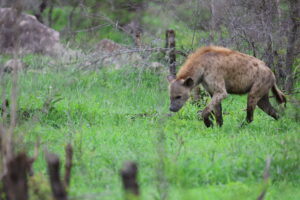
Hyena on the prowl just before sunset in Sabi Sands Park
4. Know What You Want to See
Are you after big cats, rhinos, or birds? If you love birds, ask your guide to call out bird songs and sightings—it can completely change the way you tune into the environment. Customizing your safari experience makes it even more rewarding.
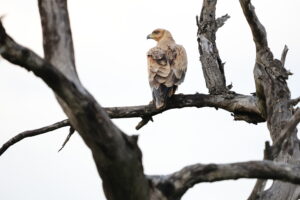
One of the great birds of Kruger National Park, The Tawny Eagle
5. Consider Driving Yourself in Kruger
Kruger National Park allows for self-driving safaris, making it a great option for those who want more flexibility. Many travelers use this as a way to travel between lodges, turning the journey into an adventure of its own.
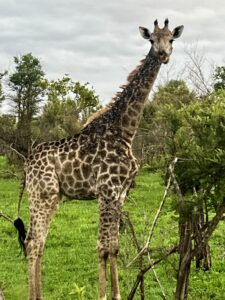
Giraffe in Kruger National Park
6. Opt for Walking Safaris
Seeing animals from a vehicle is one thing—walking in the bush is a completely different thrill. Many lodges offer guided walking safaris where you can experience the African wilderness up close.
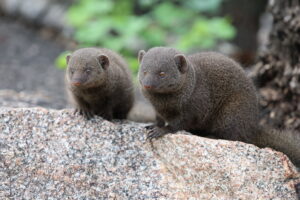
Dwarf Mongoose – The cutest little guys
7. Camera vs. iPhone: What’s Worth It?
Yes, iPhones take great pictures, but nothing beats a quality camera with a zoom lens for wildlife photography. If you want to capture those once-in-a-lifetime moments in high detail, a proper camera is worth the investment.
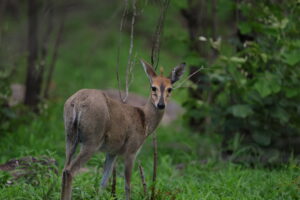
Duiker Antelope – A very cute, but skittish little guy
8. Bring Your Own Binoculars
Most lodges provide binoculars, but they are often poor quality. A great pair of binoculars will dramatically enhance your experience, especially for birdwatching and spotting distant animals.
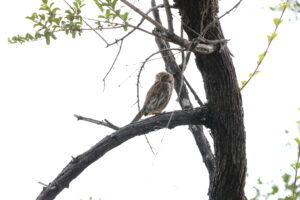
White Spotted Owlet – A rare and very cute siting!
9. Fly Into Safari Lodges Directly
Instead of flying into Johannesburg and enduring a long drive to your lodge, consider flights that take you directly into safari regions. It saves time and lets you start your adventure sooner.
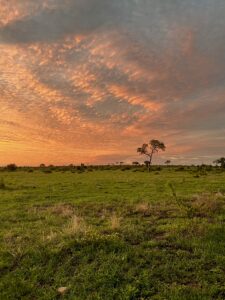
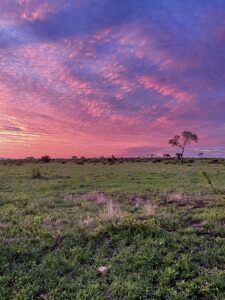
Sunsets in Sabi Sands and Kruger National Park are unbeatable. This was the SAME night! First pic turned into the second before it got dark!
Picking the Right Safari Company
1. Research Before Booking
Before contacting a safari company, check the pricing of flights, lodges, and transfers yourself. This will help you avoid overpaying and ensure the company isn’t inflating costs unnecessarily. We worked with Kruger Safari Co. in the past and liked them very much (also very reasonably priced!)
2. Consider Private Guides
A private guide like Sam can collect you from the airport, take you to your lodge, and organize additional drives beyond the lodge’s boundaries. Some lodges have strict territorial limits, so a private guide can open up access to more land.
Lodge Recommendations
Within Kruger National Park
- Hoyo Hoyo Safari Lodge (Mid-Tier) – A culturally rich experience with traditional Tsonga-style architecture and excellent wildlife viewing.
- Jock Safari Lodge (Luxury) – A five-star experience in the heart of Kruger, offering exclusive traversing rights and premium accommodations.
Within Private Reserves
- Sabi Sabi (Luxury) – A large, high-end lodge with an expansive private territory, offering top-tier accommodations and excellent game viewing.
- Langa Langa (Mid-Tier) – Sitting on the border between Kruger National Park and private reserves, allowing for drives in both areas on the same day.
- Umkumbe Safari Lodge (Mid-Tier) – A great value lodge in Sabi Sands, offering incredible leopard sightings and an intimate safari experience.
- Lion Sands Ivory Lodge (Luxury) – A premier safari destination with ultra-luxurious accommodations and excellent wildlife viewing.
- Singita (Luxury) – One of the most exclusive safari experiences in South Africa, offering unparalleled service, exquisite accommodations, and pristine wilderness.
After Safari: Wine & Relaxation
After your safari, there’s no better way to unwind than with a glass of South African wine.
If your lodge offers massages, definitely take them up on that! A post-safari massage is the perfect way to relax and reflect on your incredible wildlife experience.
Ready to continue your South African adventure at home?
Shop our collection of wines and keep the safari spirit alive, one bottle at a time. This piece was written by the Founder of Culture Wine Co., Peter Andrews. Culture Wine Co. is the only importer, wholesaler, and retailer in the U.S. exclusively focused on South African wines. From Stellenbosch Chenin Blanc to Swartland Syrah, we bring the best of South Africa’s wine country straight to your door.


